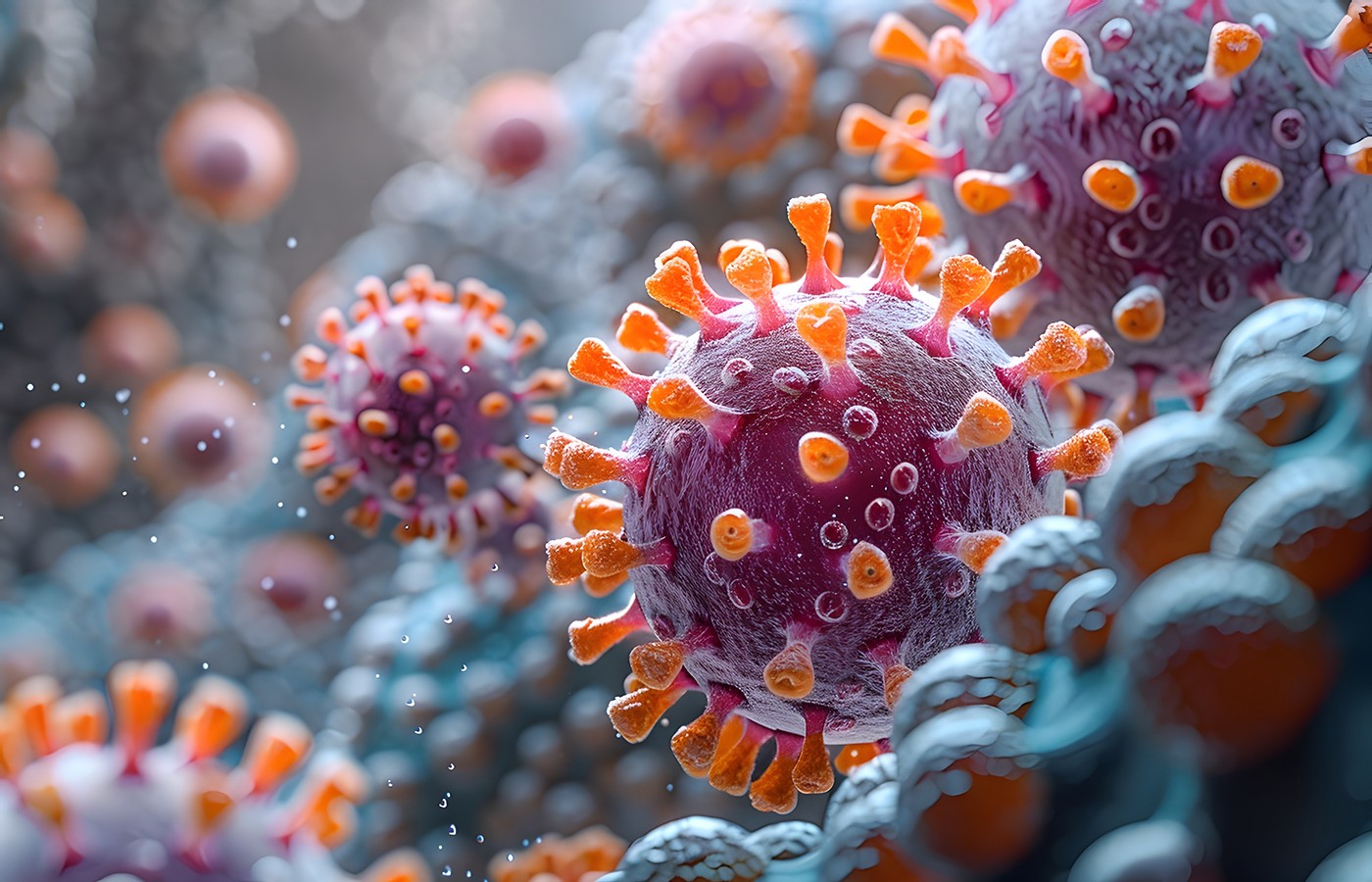Some doctors thrive in a personality-based clinic and have a loyal following no matter what services or equipment they offer, but for most chiropractic offices who are trying to grow and expand, new equipment purchases help us stay relevant and continue to service our client base in the best, most up-to-date manner possible. So, regarding equipment purchasing: should you lease, get a bank loan, or pay cash?
Photobiomodulation for Restoring Taste and Smell Post-COVID-19
Post-COVID-19 syndrome often includes persistent symptoms after the acute phase of the infection, such as loss of taste and smell, known as anosmia and ageusia, respectively. Photobiomodulation therapy (PBMT) has shown promise in treating neurological sequelae associated with COVID-19. This case study presents the outcomes of PBMT using a class 4 therapeutic laser in restoring taste and smell sensations in two patients, ages 75 and 42, who experienced anosmia and ageusia post-COVID-19.
Patient #1
A 75-year-old female presented with a history of COVID-19 infection one year prior, experiencing persistent loss of taste and smell.
The patient received a single session of transcranial PBMT using the Bell’s palsy protocol with a class 4 therapeutic laser. The treatment consisted of two parts, with the first being delivered to the posterior upper cervical area to target the cranial nerve nuclei in the brainstem, and the second delivered over the nerve pathways in the face and head.
The first part used average power of 8 watts, treatment time of 100 seconds, delivering 800 joules with a power density of 1.6 W/cm2 and energy density (dosage) of 8 J/cm2. The second part used average power of 4 watts, treatment time of 180 seconds, delivering 720 joules with a power density of 0.8 W/cm2 and energy density of roughly 7 J/cm2. Both parts used wavelengths of 650, 810, 915 and 980 nm, delivered with a combination of continuous wave and pulsing frequencies.
Within 24 hours post-treatment, the patient reported significant improvements in taste and smell sensations, marking the first time she had experienced these senses in over a year. Follow-up assessments at one week and one month revealed sustained improvement in taste and smell perception, with the patient reporting continued restoration of sensory function and enhanced quality of life.
Patient #2
A 42-year-old female presented with similar symptoms of post-COVID-19 anosmia and ageusia following recovery from a moderate COVID-19 infection. The patient underwent a single session of transcranial PBMT using the same parameters and protocol as patient #1.
Immediate improvements in taste and smell sensations were reported by the patient following the PBMT session. Subsequent follow-up assessments demonstrated continued improvement in sensory perception, with the patient reporting gradual restoration of taste and smell sensitivity over the course of several weeks. At one-month post-treatment, the patient reported near-complete resolution of anosmia and ageusia, significantly enhancing her quality of life.
Discussion
These case studies highlight the potential of transcranial PBMT with a class 4 therapeutic s laser as a promising intervention for restoring taste and smell sensations in individuals experiencing long-term post-COVID-19 anosmia and ageusia. The observed rapid and sustained improvements in sensory function following a single PBMT session suggest that PBMT may offer a viable therapeutic approach for addressing neurological manifestations of COVID-19.
These findings are supported by a published pilot clinical study on PBM for COVID-19-related anosmia and ageusia that concluded, “Our results showed a significant functionality improvement of both olfactory and gustatory functionality.”1 Further research is warranted to validate these findings and optimize treatment protocols for individuals with long COVID-related sensory deficits.
Reference
- Panhoca VH, Ferreira LT, de Souza VB, et al. Can photobiomodulation restore anosmia and ageusia induced by COVID-19? A pilot clinical study. J Biophotonics, 2023 Jun;16(6):e202300003.



